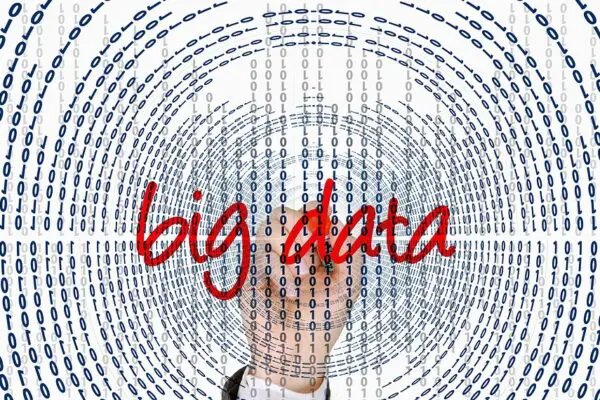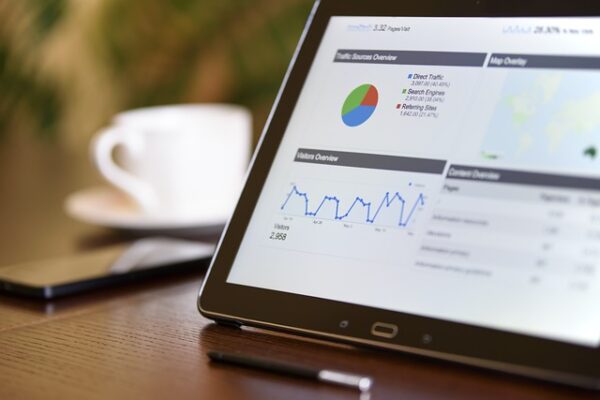
SQL Window Functions in SQL Server
If you want to level up your SQL skills, window functions great to have in…

If you want to level up your SQL skills, window functions great to have in your toolkit. These functions allow you to perform calculations across a set of table rows related to the current row. They’re handy for running totals, moving averages, and other cumulative calculations. Unlike aggregations, windows functions do not reduce the number…

If you’re diving into the world of data science and analytics, you’ve probably heard that Python is a big deal. Why is this programming language so popular among data enthusiasts, analysts, and machine learning pros? Let’s break it down and see why Python might just be your new best friend in the data world. Why…

When it comes to choosing a database management system (DBMS), SQL Server, PostgreSQL, and MySQL are three popular contenders, each with its own strengths and unique features. Whether you’re a developer, a data analyst, or a systems administrator, understanding the nuances of these systems can help you make an informed decision tailored to your specific…

In the world of data science, the ability to deploy machine learning models at scale is a critical factor in turning data-driven insights into real-world applications. DataRobot, an end-to-end AI platform, has emerged as a powerful tool that empowers data scientists to streamline the entire machine learning lifecycle. Here, we will explore DataRobot and how…

Gaining insights from structured and unstructured data is a crucial task in today’s data-driven world. Structured data refers to information that is organized and formatted in a predefined manner, such as data stored in databases or spreadsheets, with well-defined fields and records. Unstructured data, on the other hand, refers to information that does not have…

Statistical modeling is a fundamental technique in data science that involves using statistical methods to analyze and make inferences from data. It encompasses a wide range of mathematical and statistical techniques that help data scientists understand relationships between variables, predict outcomes, and make informed decisions. Here are some key aspects of statistical modeling in data…

Business Intelligence (BI) plays a significant role in data science by providing the necessary tools, processes, and techniques to transform raw data into actionable insights and facilitate data-driven decision-making. BI encompasses a range of activities, including data collection, integration, analysis, visualization, and reporting, which are essential components of the data science workflow. Here are some…

Data science and machine learning (ML) are closely intertwined fields that together unlock the potential for solving complex problems and deriving valuable insights from data. By leveraging the power of data science techniques and applying machine learning algorithms, organizations can make data-driven decisions, automate processes, and develop intelligent systems. Here’s how data science enables and…

PySpark is a powerful framework that enables big data analysis and processing using Apache Spark, an open-source distributed computing system. PySpark provides a Python API for interacting with Spark, allowing users to leverage the scalability and performance of Spark while utilizing familiar Python programming paradigms. Here are some key aspects that highlight the power of…

Snowflake is a cloud-based data platform that offers a comprehensive solution for managing and analyzing data. It is designed to address the challenges associated with handling large volumes of data, including structured, semi-structured, and unstructured data, in a highly scalable and efficient manner. Snowflake’s architecture is built for the cloud, leveraging the flexibility and scalability…

Databricks, a unified analytics platform, offers a powerful solution for managing and analyzing data lakes. A data lake is a centralized repository that stores raw and unprocessed data from various sources, enabling organizations to derive insights and perform advanced analytics. Here are some benefits of using Databricks for data lake management: In summary, Databricks provides…

Python and R are two popular programming languages extensively used for analyzing big data. Both languages offer a rich ecosystem of libraries and frameworks that facilitate data processing, analysis, visualization, and modeling. Here’s an overview of how Python and R can be used for big data analytics: Python for Big Data Analytics: R for Big…

Data mining is a crucial process in data science that involves discovering meaningful patterns, insights, and knowledge from large and complex datasets. It encompasses various techniques and methods aimed at extracting valuable information and uncovering hidden patterns, correlations, and trends. Here is a guide to data mining for data science: Remember that ethical considerations, data…

Machine learning is a branch of artificial intelligence (AI) that focuses on developing algorithms and models capable of learning from data and making predictions or decisions without explicit programming. To understand the basics of machine learning, let’s explore the ABCs: A. Algorithm: At the heart of machine learning lies the algorithm, a set of rules…

Introduction Data science is a rapidly growing field that relies on the power of computing to analyze and interpret large datasets. As the need for data analysis increases, so too does the demand for more powerful computing resources. Supercomputing has become an increasingly important tool for data science, as it provides the ability to process…

Data is a powerful tool in today’s world. It can be used to inform decisions, drive innovation, and help organizations achieve their goals. But it’s not enough to just have data; you also need to know how to use it. Excel is a great tool for basic data analysis, but if you want to take…

The data science revolution has changed the way we analyze data. With the rise of unstructured data, data scientists are now able to more effectively analyze and interpret data. Unstructured data is data that is not organized into a structured format, such as a database. It can include text, images, audio, and video. This type…

Data science is a rapidly growing field, and one of the most important tools for data analysis is R programming. R is a powerful and versatile language that is becoming increasingly popular in the data science world. This guide will provide a beginner’s introduction to R programming for data science and will help you get…